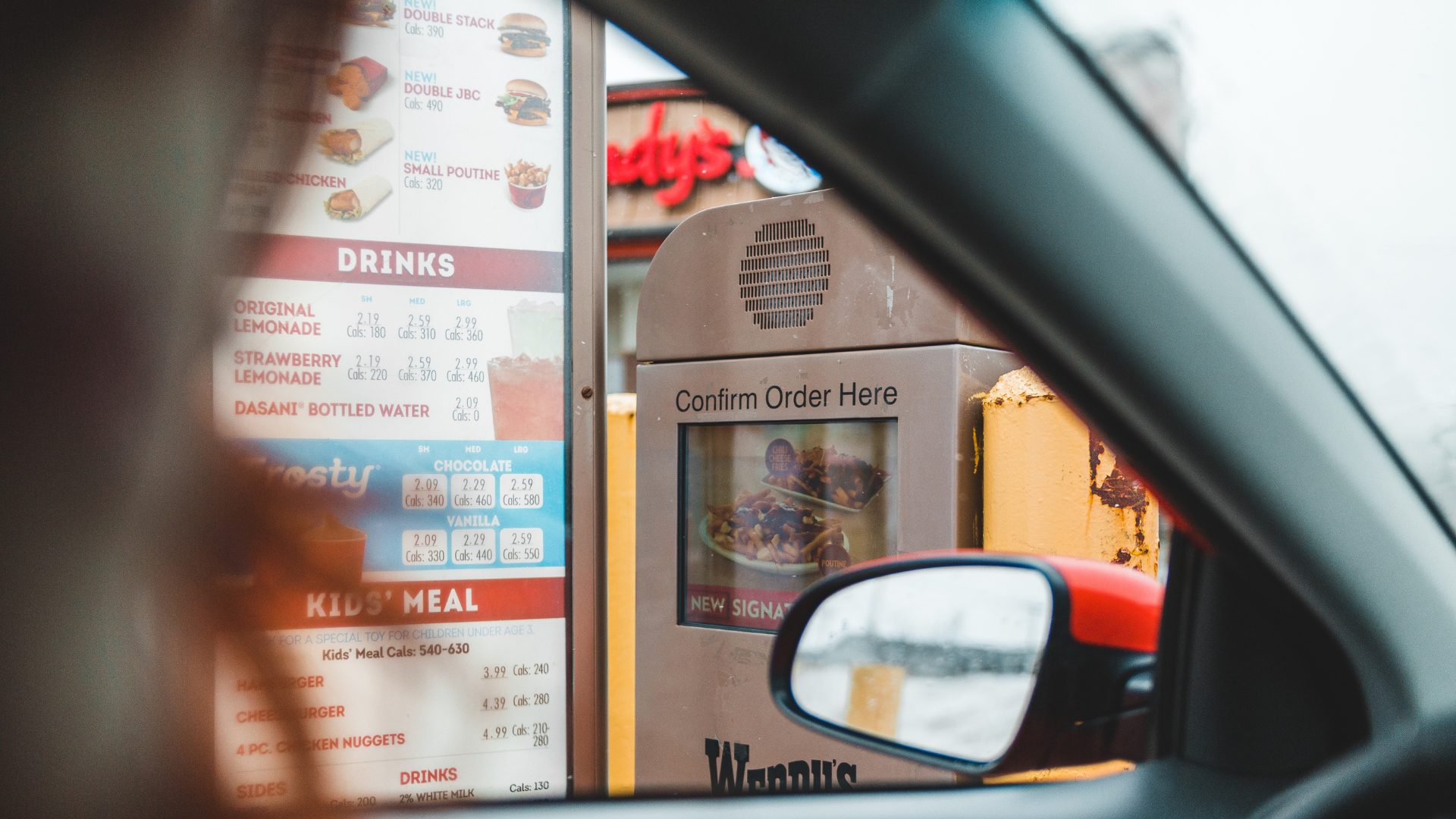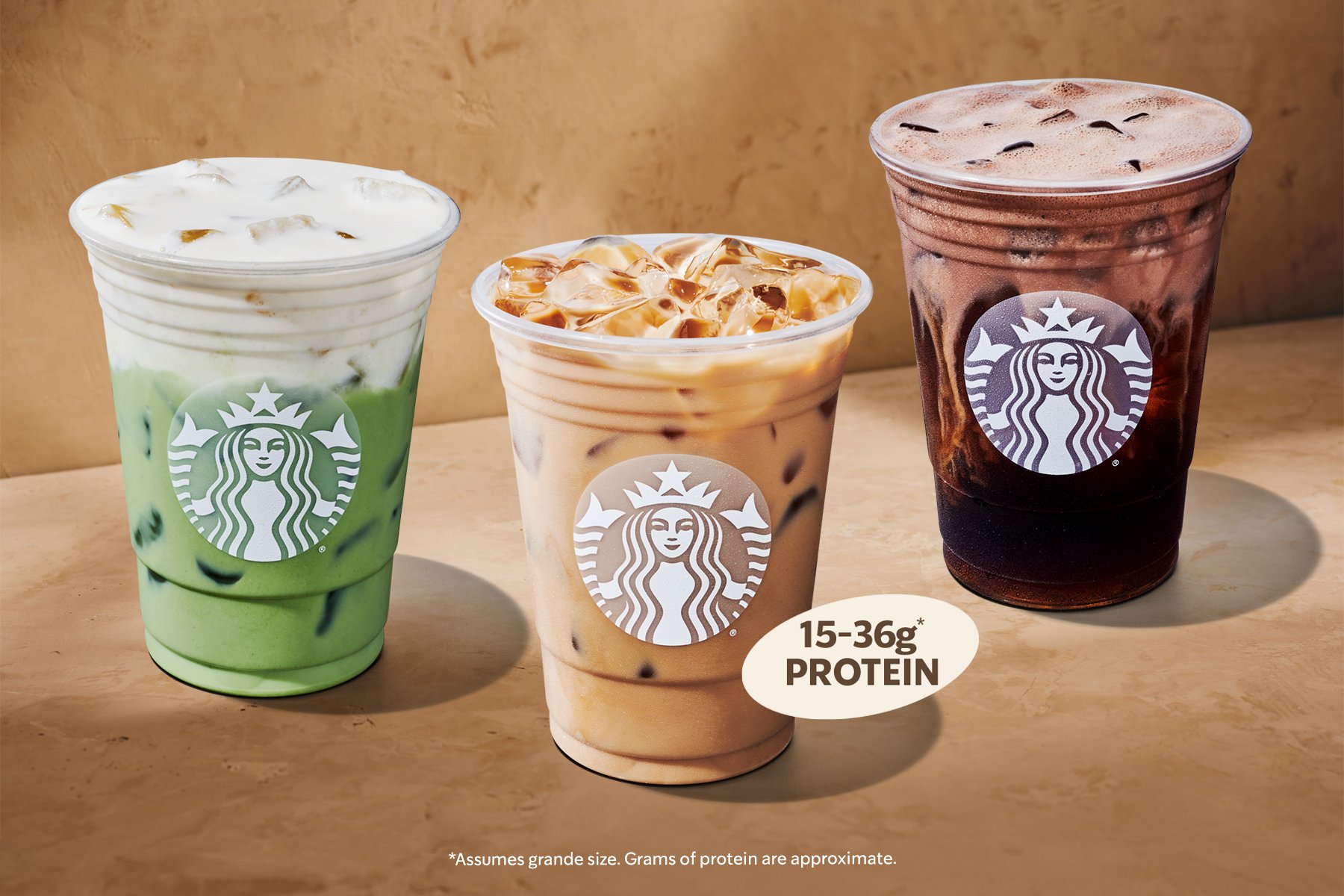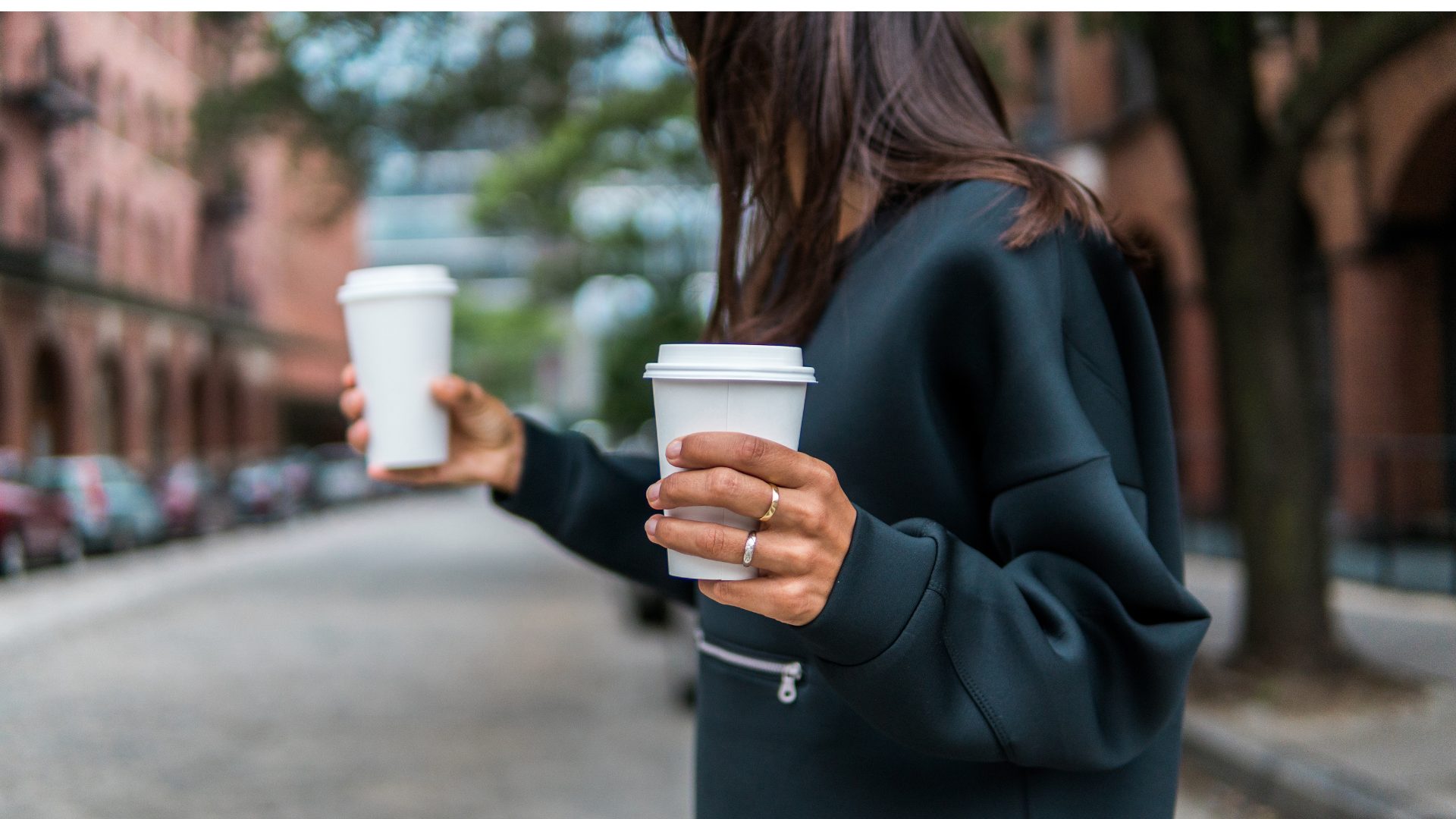Starbucks is speeding up plans to build stores with drive-thrus and will close locations in unpopulated malls, reported The Wall Street Journal (May 21).
CEO Kevin Johnson outlined the companies “Bridge to the Future,” in a recent letter to company partners. The first action included reopening stores and recovering business.
“On a daily basis, we monitor the virus’s status in each of the communities we serve, work to exceed local health officials’ recommendations to keep our partners and customers safe, and we make store-by-store decisions,” said Johnson. “We are borrowing strongly from our lessons navigating this in China, expanding options for mobile ordering and pickup, and innovating on our store operations to serve customers responsibly.”
Starbucks regained about 60% to 65% of its U.S. same-store sales over the last week, compared to the same period a year ago, reported CNBC (May 21). In China, where cafes have been reopened longer, same-store sales are down only about 20%, “reflecting gradual improvements over the past several weeks.”
Starbucks will also accelerate the transformation of the “third place” already underway before COVID-19 by adapting to a more on-the-go format. Approximately 80% of store transactions before the crisis were on-the-go, according to Johnson, driven by the use of the Starbucks mobile app.
“Our digital leadership and ability to transform lower performing locations and formats to successful new store formats (i.e. relocate Starbucks stores from low-traffic malls to new, thriving Starbucks locations that combine the third place with drive-thrus) are unique strengths that we will lean into in the coming months,” Johnson wrote. Originally, the company’s plans for this transformation were to be over a three- to five-year period, but will now occur over the next 12 to 18 months.
Meanwhile, the pandemic is prompting more independent coffee shops to offer coffee delivery, reported MarketWatch (May 21). There’s been a 521% increase in U.S. coffee sellers that are offering curbside delivery or traditional pickup since shelter-in-place orders began, according to a study conducted by Square Inc. and the Specialty Coffee Association.
The study found a 340% increase in delivery sales among coffee sellers and a 5,380% combined sales increase in curbside and pickup orders. Additionally, coffee shops seem to be relying more on digital payments. Only 2% of shops conducted 95% or more of their transactions through digital means like online stores, credit and debit cards, and mobile payments as of early March—compared with 26% of shops by late April.
In addition to Starbucks, other big chains, such as McDonald’s, are dealing with new ways of operating safely. McDonald’s CEO Chris Kempczinski said that changes in customer behavior brought by the coronavirus bring ongoing uncertainty to its business. “We expect our performance will remain challenged,” Kempczinski said.
Many fast food chains are in no hurry to reopen dining rooms, reported Bloomberg (May 18). For many restaurants, it is not worth the extra cost and effort required to prevent the spread of coronavirus that would be necessary to open dining rooms.
Drive-thrus are more profitable for restaurants, relieving some of the pressure to reopen too quickly. In fact, for chains like Jack in the Box Inc. and Raising Cane’s Chicken Fingers sales are up compared with pre-crisis levels.
“We’re doing plenty of drive-thrus—it’s our safest way to keep our customers and team safe,” said Raising Cane’s CEO Todd Graves. Although the chain can open dining rooms in Georgia and Texas, Raising Canes is opting to keep them closed.









